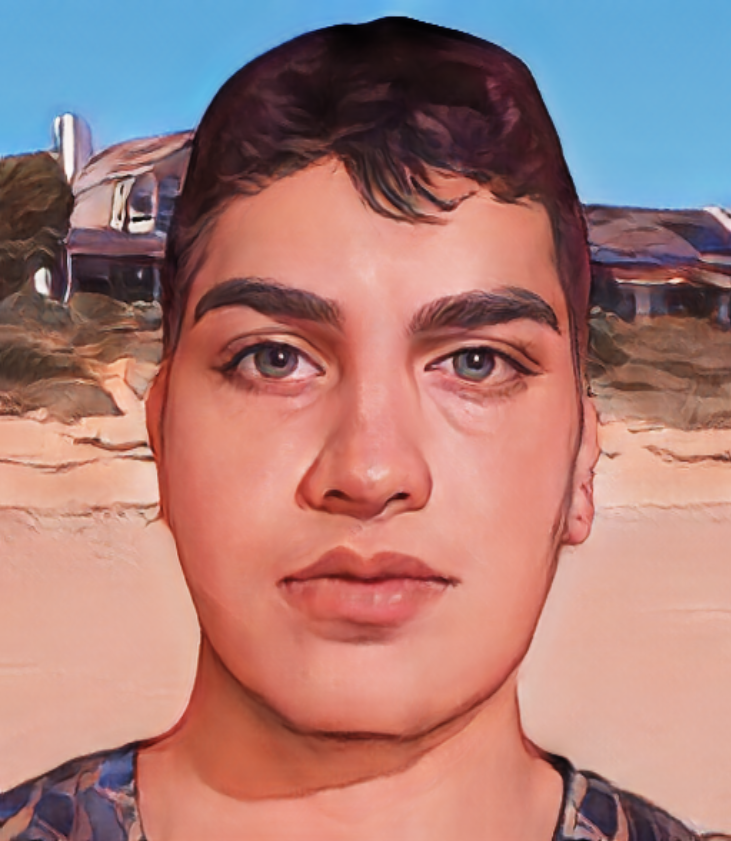Every color choice can make a difference in your design

Colors have an impact on our daily life. Everywhere you look, you see colors! Have you ever thought that colors mean something? Sure, we learned our colors in school, what they are, how to mix them, but we never really knew what meanings they have behind them. Strange right? Let’s learn about the importance of color in graphic design.
Graphic design is essentially throwing color combinations together to make a color pallet. Then to make this color swatch work in harmony with the layout. There is a whole psychology of colors and the theories of how they interact with humans.
In order to understand how color is important in graphic design, it is good to understand colors in general. The color wheel is the easiest thing to look at when you are learning about your colors and hues. I know we aren’t in kindergarten anymore; however, it is still important to know what types of colors there are and their relationships with each other.
Primary Colors
The color wheel has 12 basic colors. Let’s start with our primary colors first. These are red, blue, and yellow. Our primary colors make a triangle on the wheel. These are primary colors because you can not mix any other color to get these colors. You can think of red, blue, and yellow as the original colors.

The cool thing is that you can mix these colors and to make color combinations! Mixing colors is pretty sweet because if you were painting and needed a different color, but you only had red, blue, and yellow, you can make whatever hue you need.
In the graphic design world, you are going to have a color scheme with your project. You will most likely have a strong primary color that your brand is associated with. This primary brand color will allow for your brand to create a color combination that should be visible on your website. It doesn’t have to be red, blue, or yellow, but there is going to be one color that truly stands out, through contrast, as the primary color with your brand or in your design. Use this primary color sparingly as an accent color. We rarely recommend using this color as a background color.
Secondary Colors
Now, this is where we get into secondary colors! We can mix red and blue to get purple, blue and yellow creates green, and yellow and red creates orange. The colors that are mixed between the primary colors are the secondary colors. Secondary colors also make a triangle within the color wheel.

You can also use secondary colors in your design. Let’s say we the color blue as our primary color in our design, and I want to use yellow to highlight key terms or event information. The yellow would be my secondary color because I am not overpowering the design with yellow, I am just using it for accents. I can even use orange as my secondary color in my design, and this might look better than the yellow since blue and orange are complementary colors.
However you decide to use a secondary color, it doesn’t have to only be “secondary colors” like purple, green, or orange. Mix and match to see what colors work best for your overall design! As long as it is appealing to the eye, it is good to experiment to see what colors are best. It may take a couple of tries, but you will make it work.
Tertiary Colors

To get secondary colors, we had to mix two side-by-side primary colors to get the mix that is in between the two. To get tertiary colors, you pretty much do the same thing but with one primary color and one secondary color (as long as they are side by side). This will then result in 6 tertiary colors, bringing our total of colors to 12!
You can mix red and purple will make a magenta color, mixing purple and blue will get a blue-purple color, and mixing blue and green will get a teal color. If you mix green and yellow, you will get a yellow-green color. Mixing yellow and orange will get you a yellow-orange color, and mixing orange and red will create a red-orange color.
Shades, Tints, Tones of Colors

If the natural state of the color is mixed with another natural color, then it is considered a pure color. We also have the option to include black and white to our pure colors! If you add any amount of black to a color, this is considered a shade (like being in the shade of a tree). If you were to add any amount of white to a pure color, it is called a tint. If you add black and white together into the pure color (same as adding gray), this is a tone.
The Importance of Color Relationships
Now that we know our colors and how you can make other colors, we can get into how they are related to each color. Using a single color with varying tints or shades is a monochromatic color scheme. An analogous color scheme is using a primary, secondary, and tertiary (for a total of 3 colors) that are all side-by-side with each other. Complementary colors are directly across the color wheel from each other, like red and green, blue and orange, or yellow and purple. A triad color scheme makes a triangle where the colors are equally spaced across the wheel. The primary and secondary colors each make a triangle with each other, so these would be within a triad color relationship.
Adobe Color has a really neat color wheel that you can create your own color schemes, including analogous, monochromatic, even custom schemes if you want to customize the colors. They also have a cool explore tab which includes pre-made color schemes.

Color Means Something Different to Everyone
When thinking about a particular color, you might associate a meaning to the color. For instance, if you were to look at a bright yellow color, you might think that it is joyful and happy.

Red is generally associated with strong emotions like love and anger. This also includes excitement and strength since it is a bold color.
Orange shows a sense of optimism, creativity, and fun. Some people can interpret orange as encouraging since it is a combination of yellow and red.
Yellow is very optimistic! It is fresh, sunny, and youthful. People tend to associate it with success or confidence. Since it is generally light and bright, the eye tends to see that color first.
Green is associated with nature. It shows growth and renewal, as well as reliability and safety. It is peaceful and can also be very refreshing. A combination of yellow and blue makes it light and also reliable. Green means go and also means success.
Blue is a very trustworthy color. It is strong and portrays honesty and loyalty. It is associated with the sea and sky, which brings a sense of calmness. Blue also reduces the stress of the viewer.
Purple is thought of as royal and spiritual. People tend to believe that it has a characteristic of luxury or quality. Since purple is a combination of red and blue, there is energy from the red and calmness from the blue.
Graphic Design
Art with a purpose is graphic design. By using visuals and colors, the designer can portray a message to the viewer. The designer is trying to achieve a goal with their design by using these different elements. A design can use only images, and it can include simple typography, abstract shapes, basically anything as long as it can portray the message effectively.
The average person is looking at designs every day. Whether it be social media ads, flyers for events in the office, billboards, or food packaging, graphic design is very present in today’s society. Each person has their own graphic style that they like as well. Some people like the cartoon graphics, some like clean and precise designs, some like hand-drawn graphics.
If you want to learn more about the value of graphic design, a Happy Bean team member wrote an article all about the values which you can check out.
Also, another one of our Happy Bean team members wrote an article about how to prepare a poster digitally, which also includes some cool facts about graphic design and color theory.
Color Theory in Graphic Design
For designers, it is super important to know how colors are being portrayed and how the user or viewer is interpreting the color. Google’s bright and colorful logo would not be the same if it were all black.
If a color isn’t appealing, the viewer is going to become uninterested. They have already made their decision about the brand even if they don’t know what the product or company is. This generally takes 90 seconds or less for the viewer to determine their opinion of the brand. It comes down to the color and imagery to determine if it is successful.
The color of a brand is the personality of the brand. Color also creates a brand identity that someone can associate with. For instance, Tumblr, Facebook, and Twitter all use blue in their logo. But they use a different type of blue. Looking at what the color means, it is trustworthy, calm, honest, and loyal.
If the color of Facebook was a bright and bold red, would you still use it? Would you get the same feeling if the color was changed? The personality of the brand would be different if it weren’t the cool, professional blue that we all know and love.
Some examples of why color is important to graphic design
Let’s use an example of a bathing suit company. What colors do you think of? Bright and warm like the sun? Something that uses oranges and yellows, most likely.
What about a company that sells camping supplies? It probably has some browns and greens in their brand since those are the most common colors found in nature. The company might not be using purple or magenta in their brand personality because it doesn’t scream “nature.”
For example, if we want to make an event flyer for a restaurant opening, think about what colors would work best in this situation. A majority of chain restaurants have the color red associated with them. This color is bold, easy to see, and evokes a feeling of hunger from the viewer. When making an event flyer, maybe use some colors of red in the design to bring a sense of urgency and hunger to whoever is looking at it.
These little things can make all the difference in your design. If you didn’t know the importance of color in graphic design, then you might be making the wrong color choice when creating your project.
Color in Your Designs – It’s All a Choice
Using colors in your design is pretty much up to you! Before starting any design, think about the message you are trying to get across and how the colors might affect the viewer. Know the meanings of the colors you are using and make sure that you are portraying the design’s personality in the right way.



Good post. I learn something totally new and challenging on websites I stumbleupon every day. Its always exciting to read articles from other writers and practice a little something from other sites.